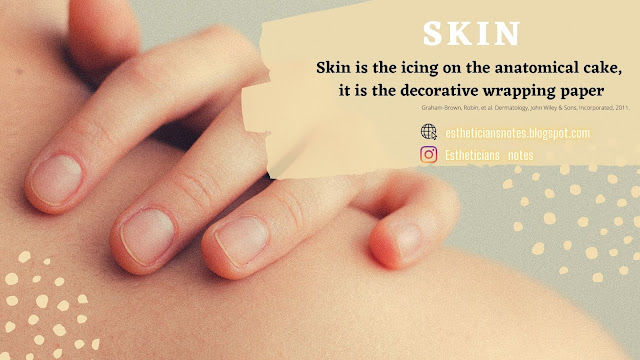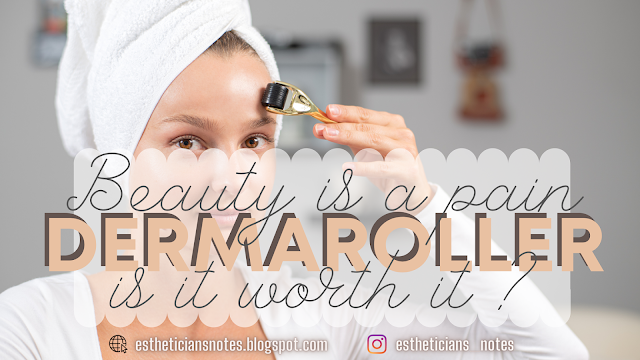Microneedling treatment
When you go to any drugstore or retail store you can be 90% sure of finding dermarollers. Ease of purchase convinced people to buy one, and use it at home. But what is a dermaroller? Are dermarollers good? Should I be microneedeling at home? In todays post I’m going to speak about these popular rollers with little, tiny needles. Probably you’ve seen something similar in the past and you’ve been thinking if you should give it a try. Or maybe you have one lying around somewhere at home? How microneedling works? Microneedeling stimulates your skin to regenerate. Simply put: Small needles stick into the skin and create tiny micro-channels. That allows an active substance, to penetrate the epidermis and sometimes even the dermis. By creating microchannels , skin is forced to regenerate itself and start to produce collagen and elastin fibres. That means microneedeling can improve skin texture, help with fine lines, wrinkles and even pigmentation. The process can be painful. In ...




Comments
Post a Comment